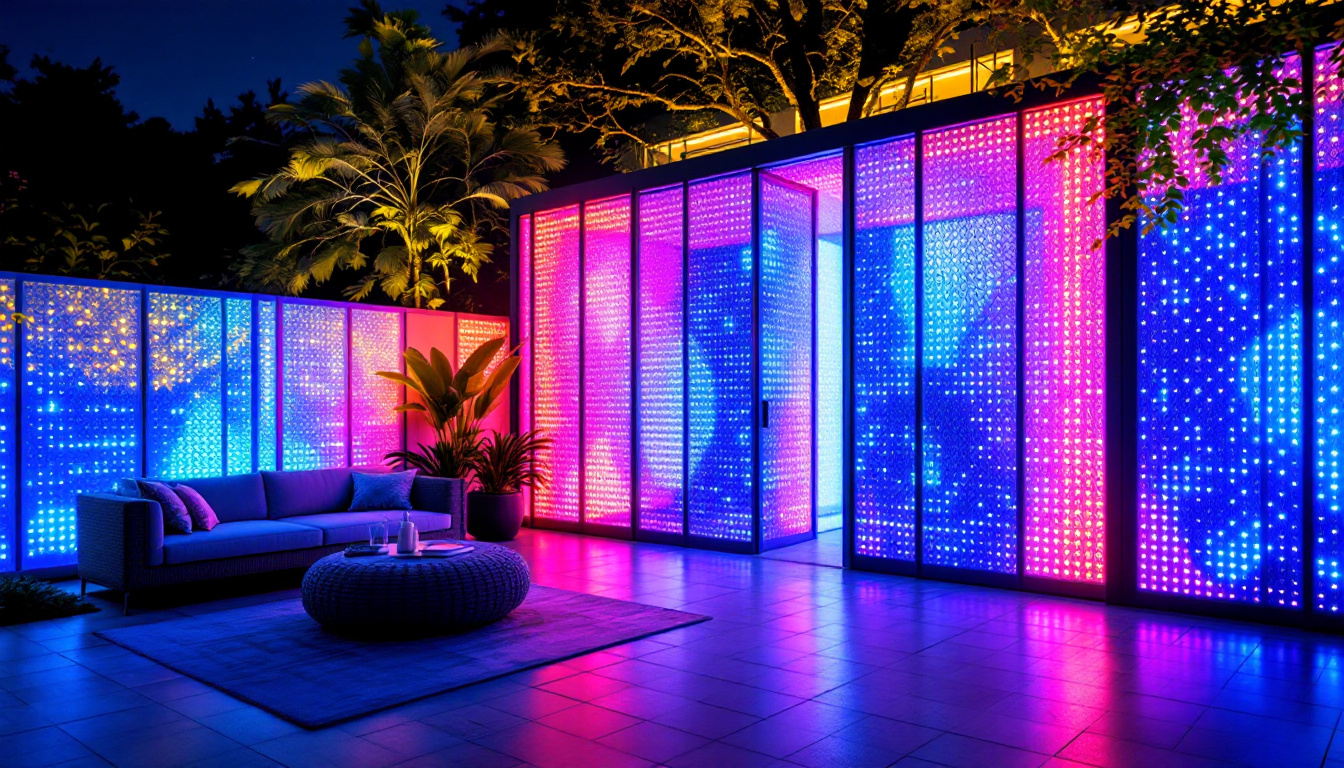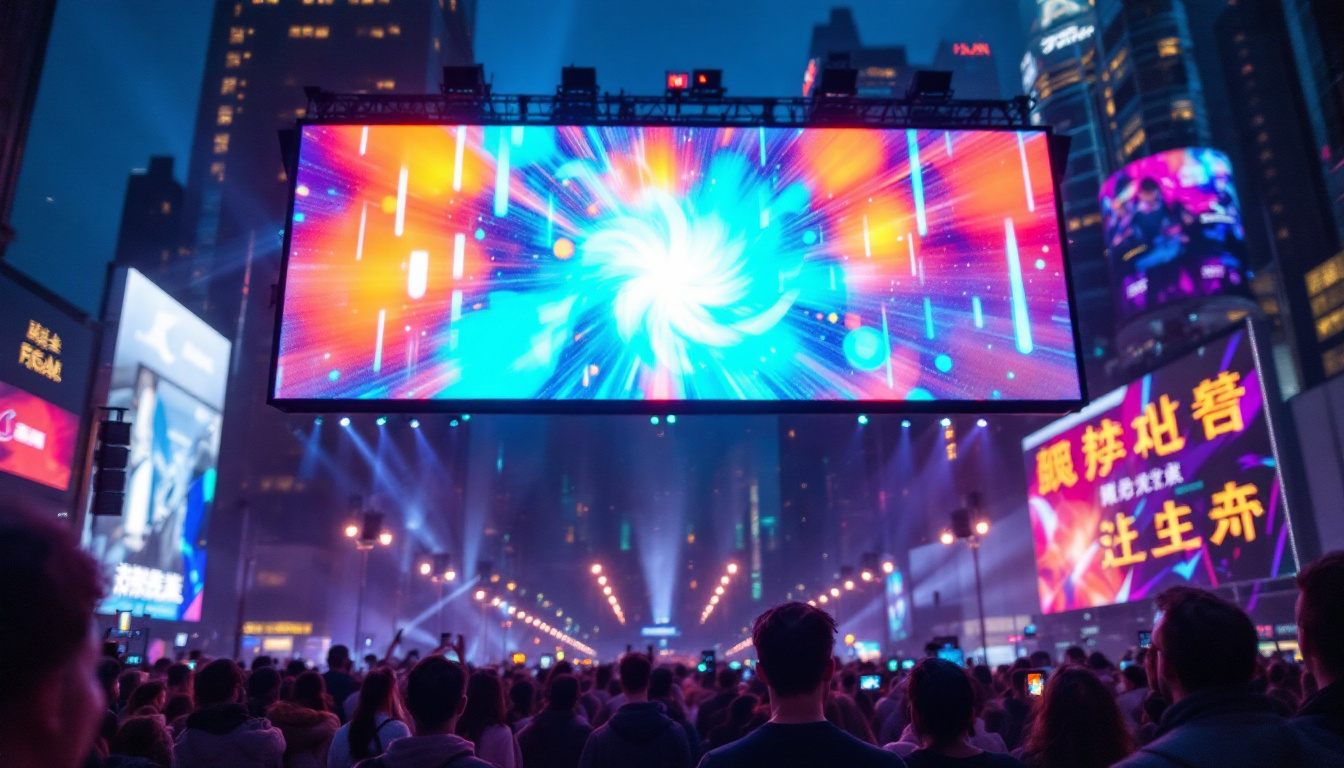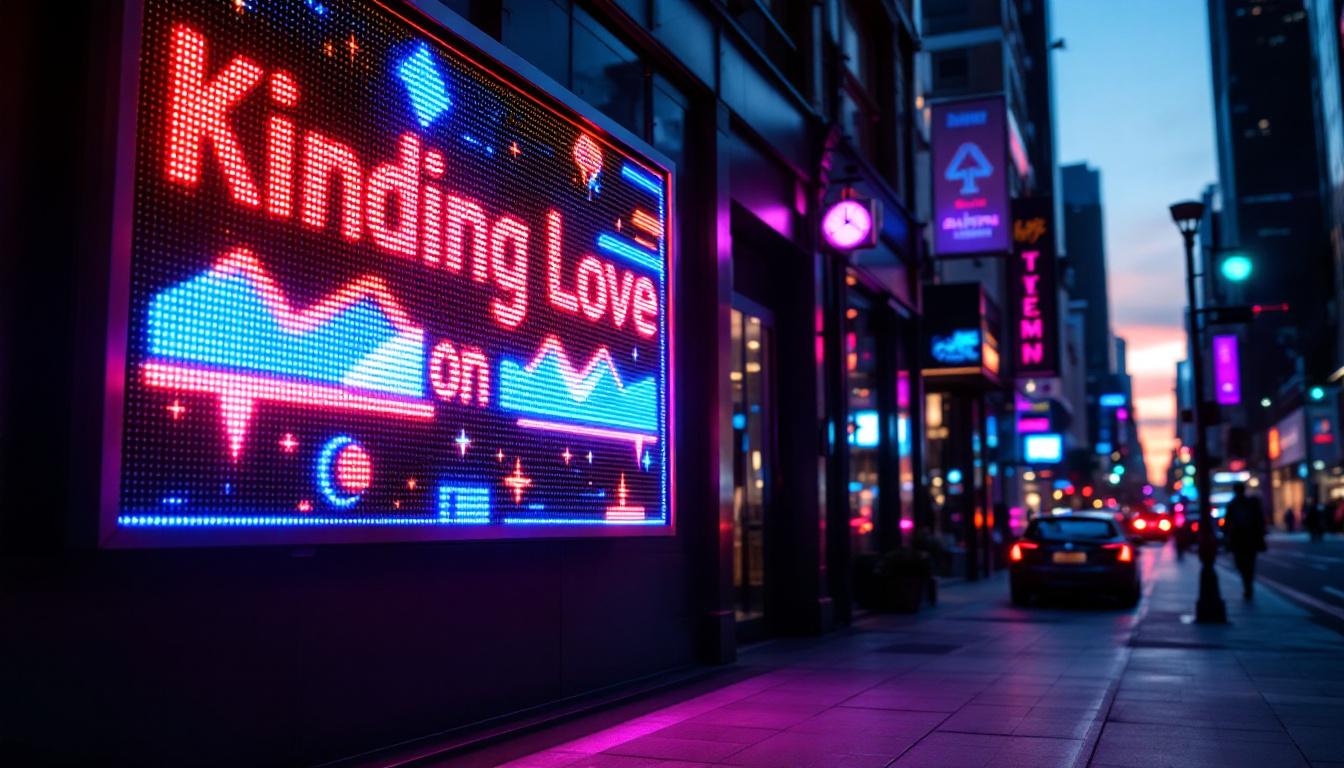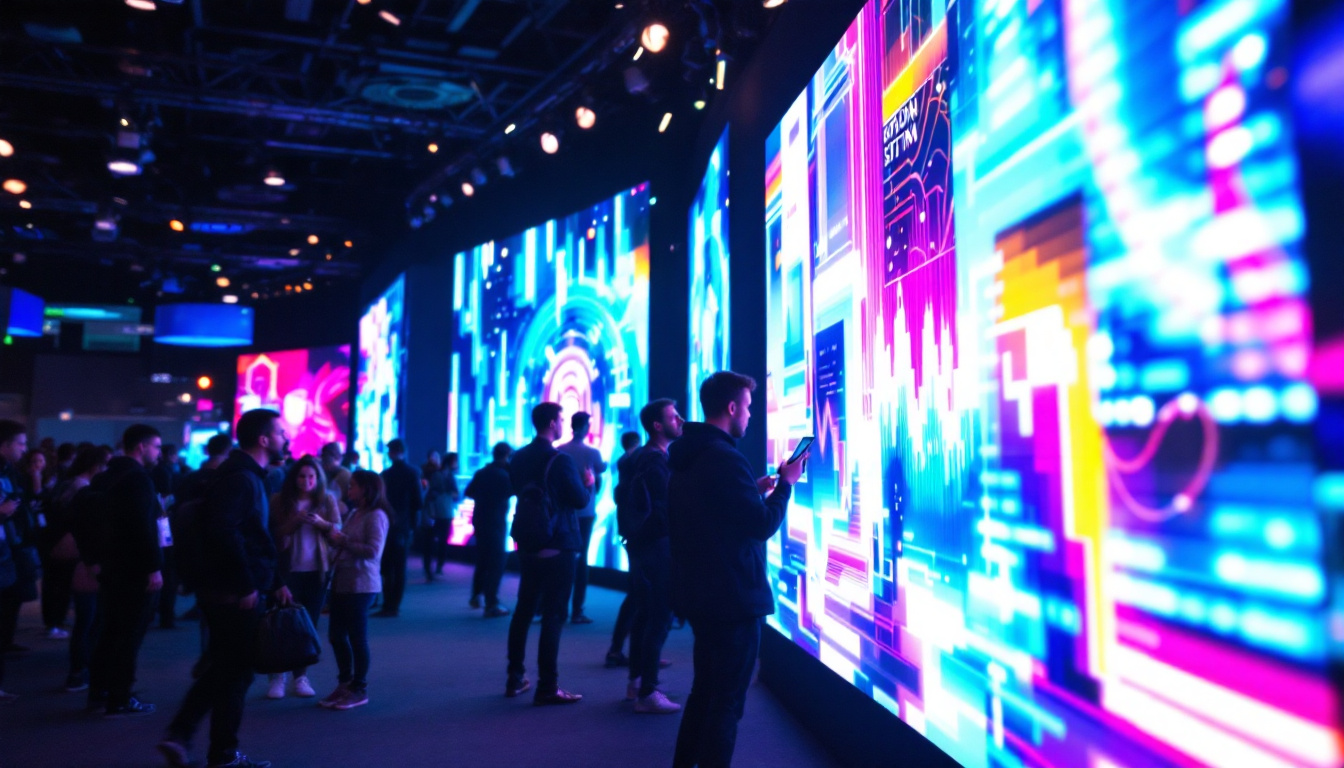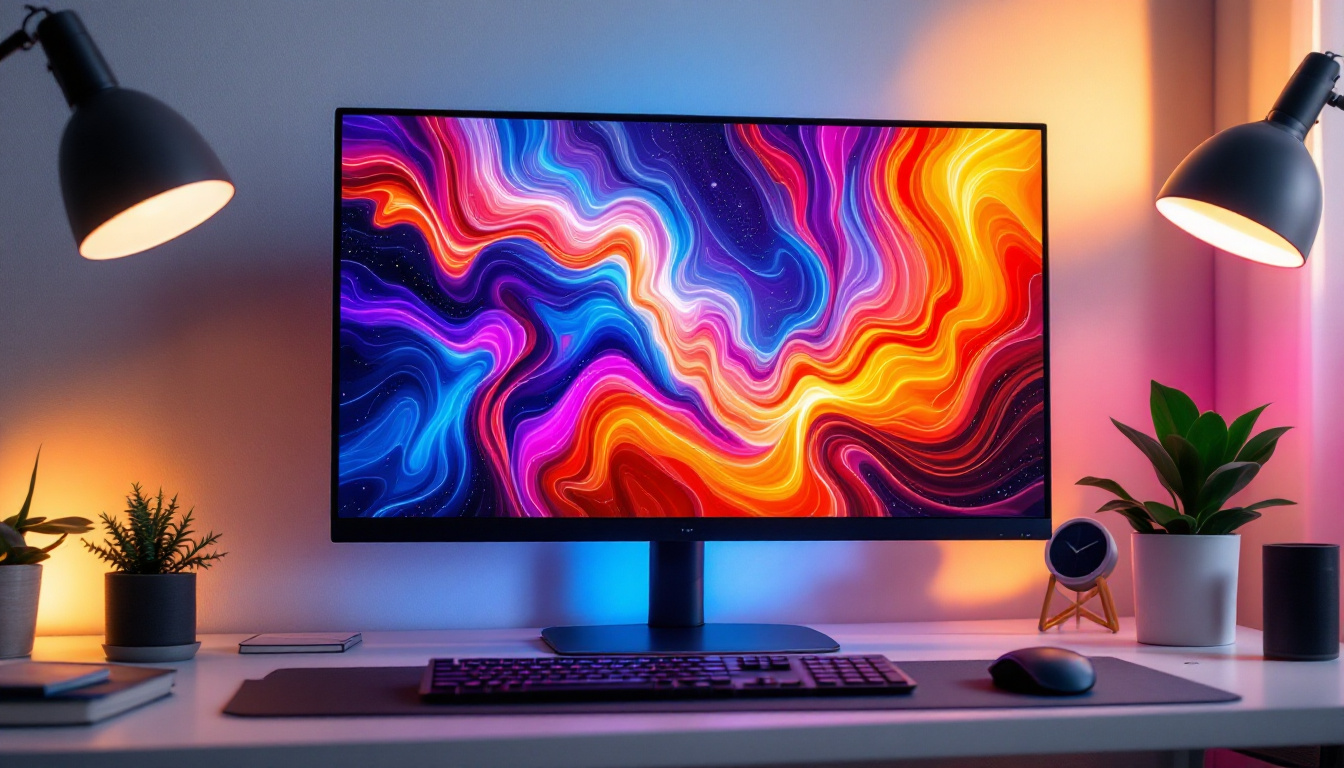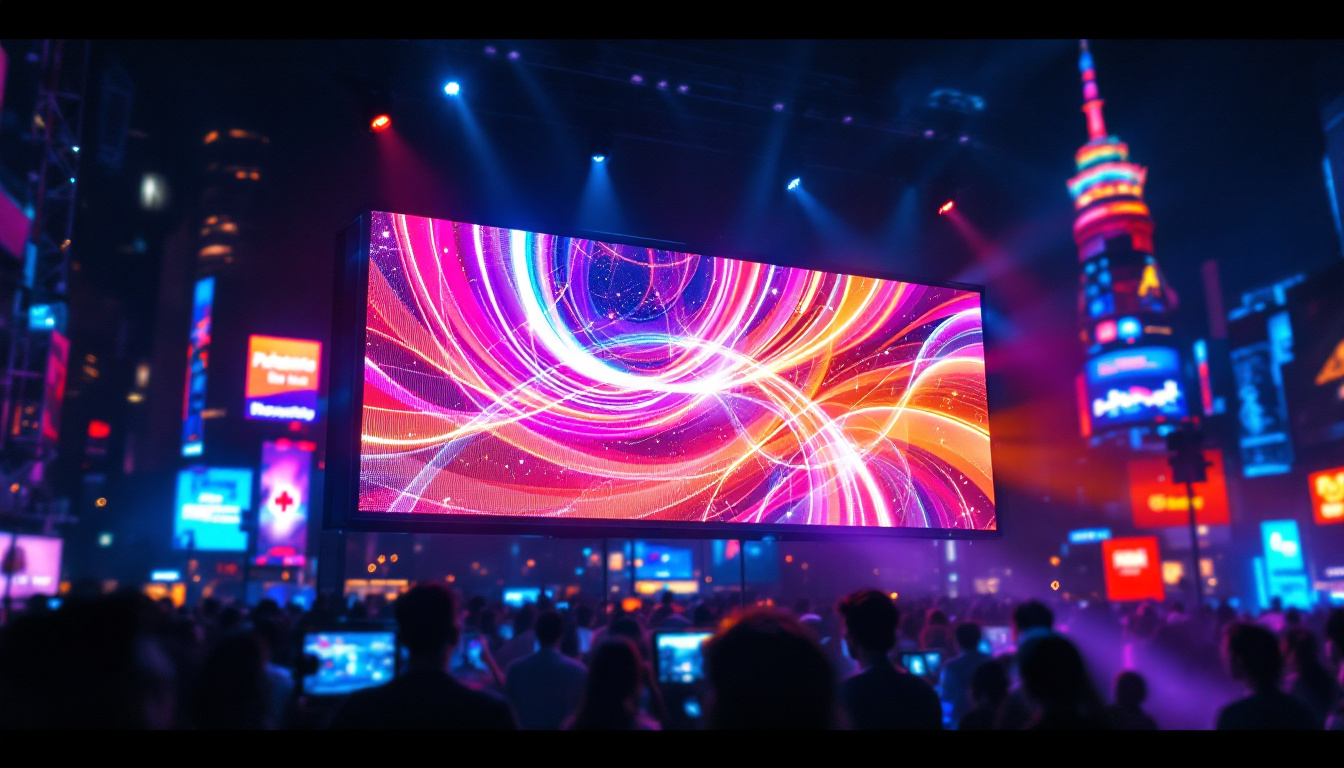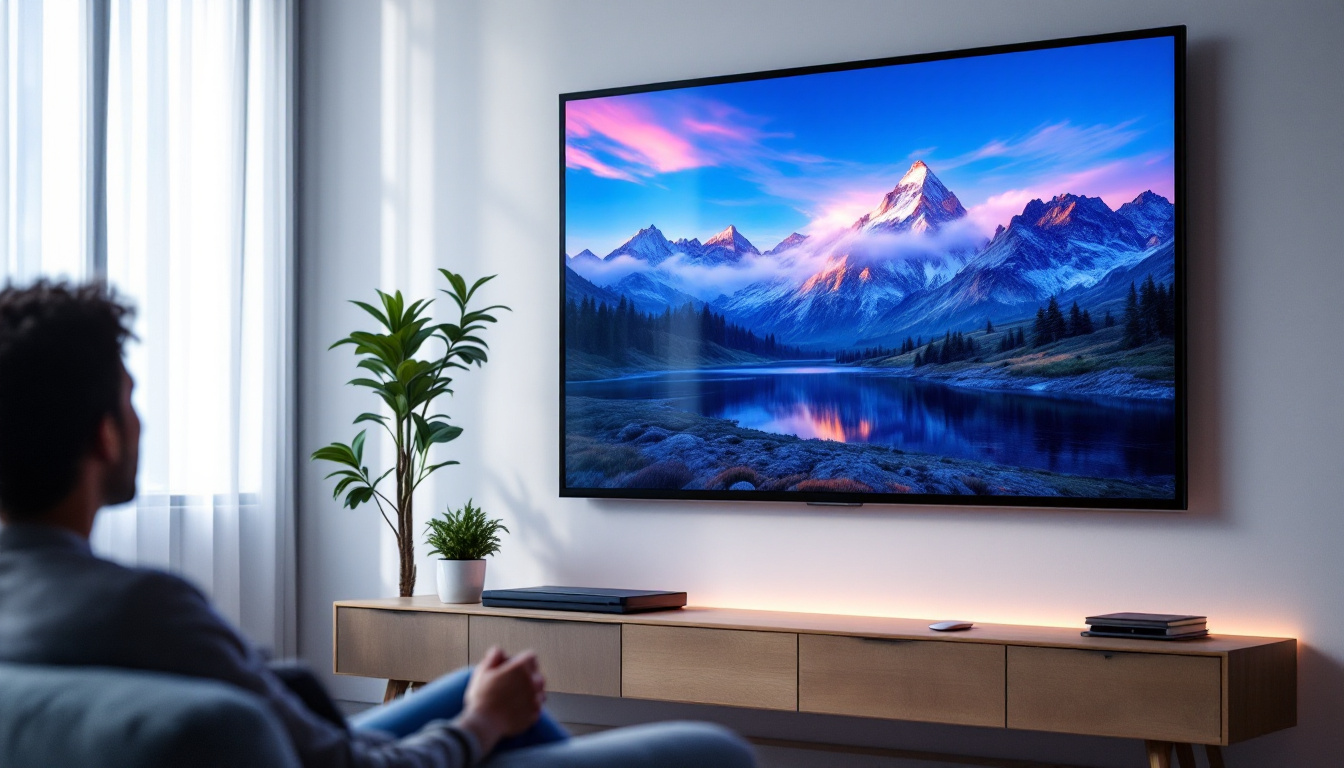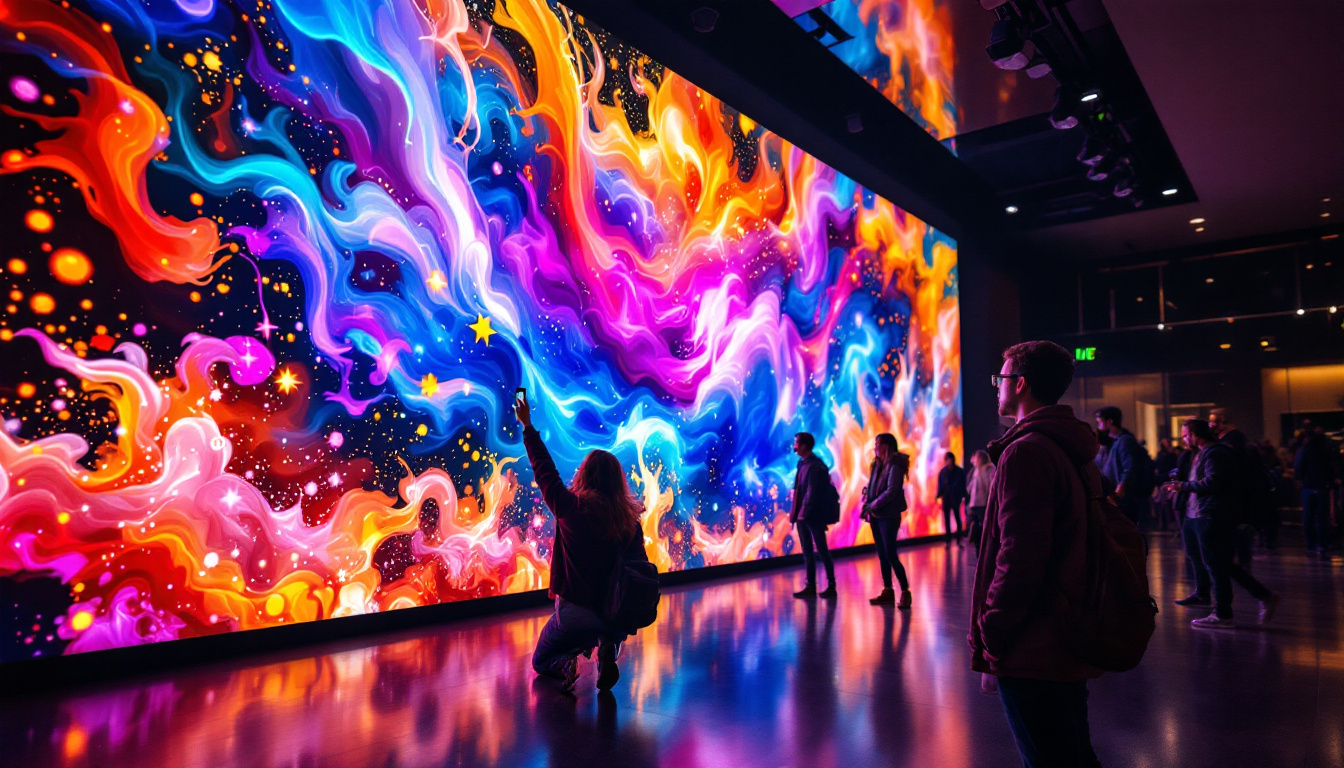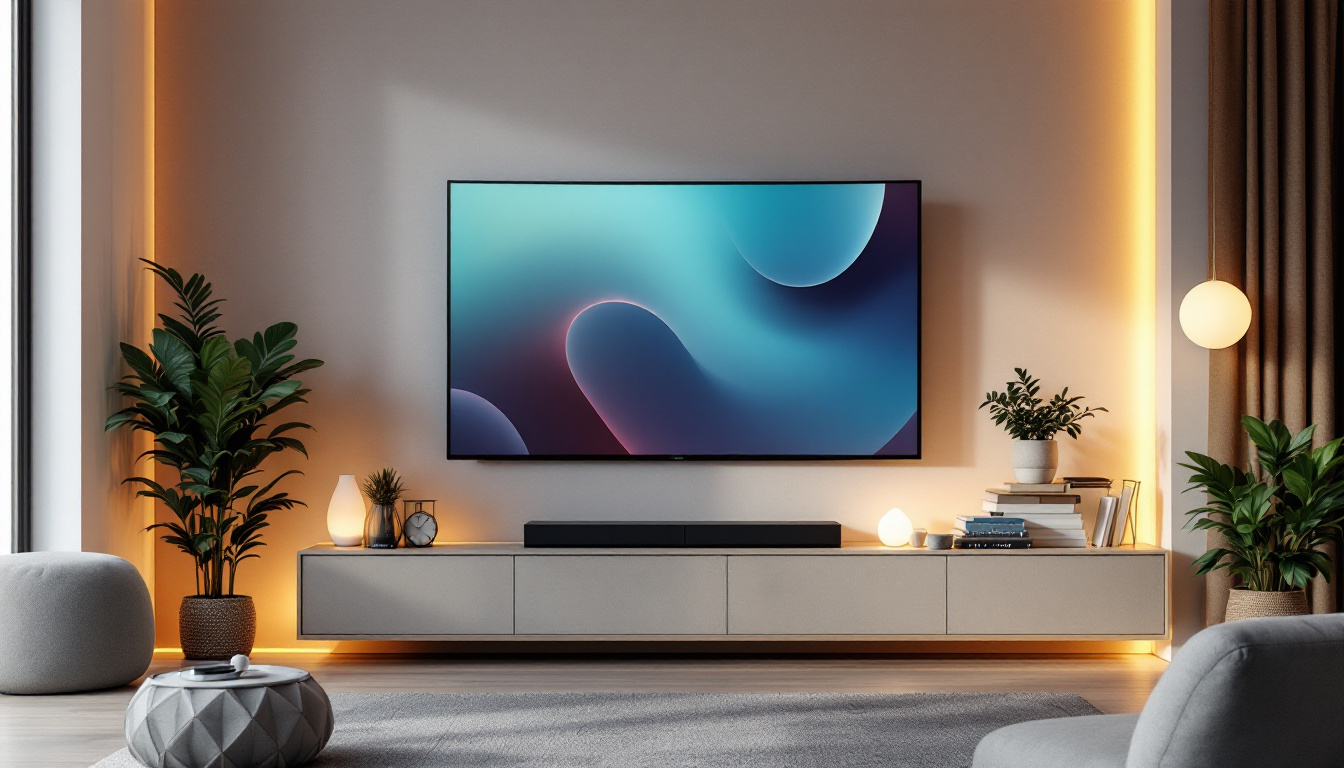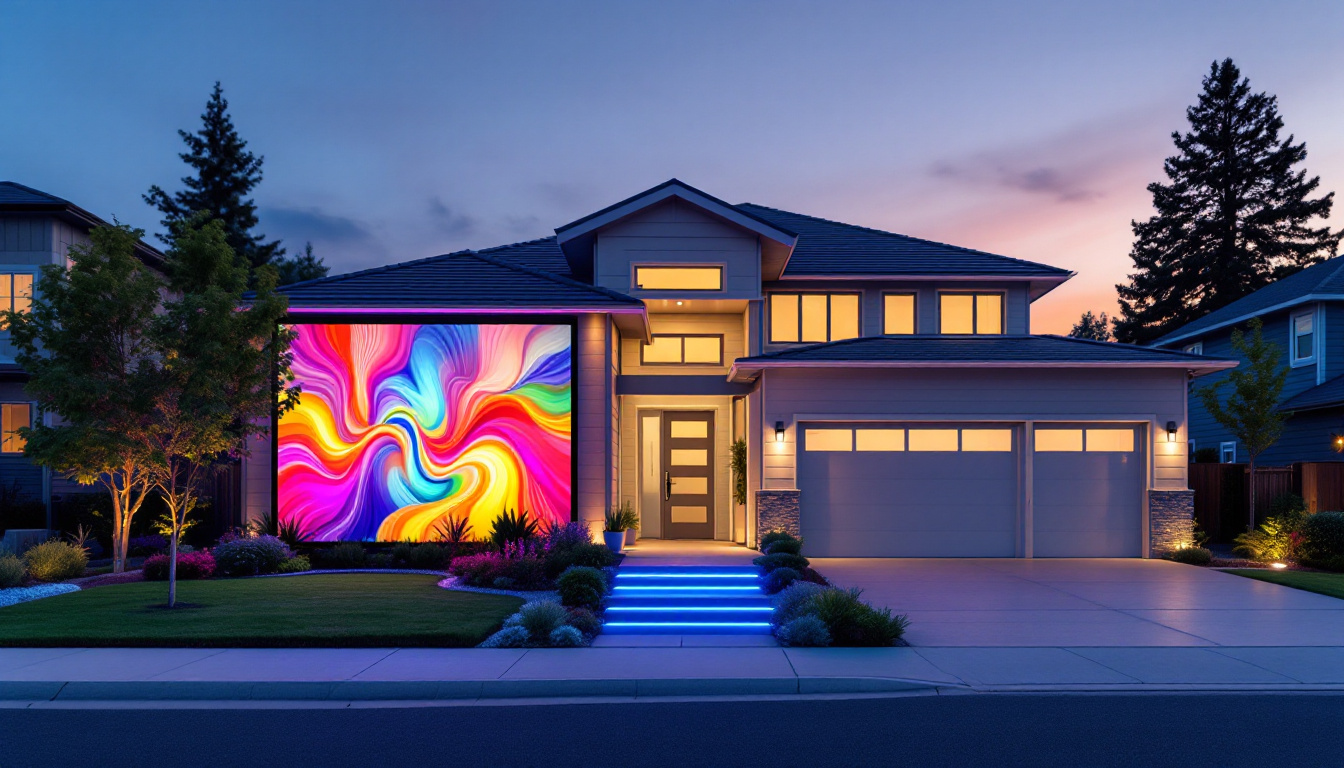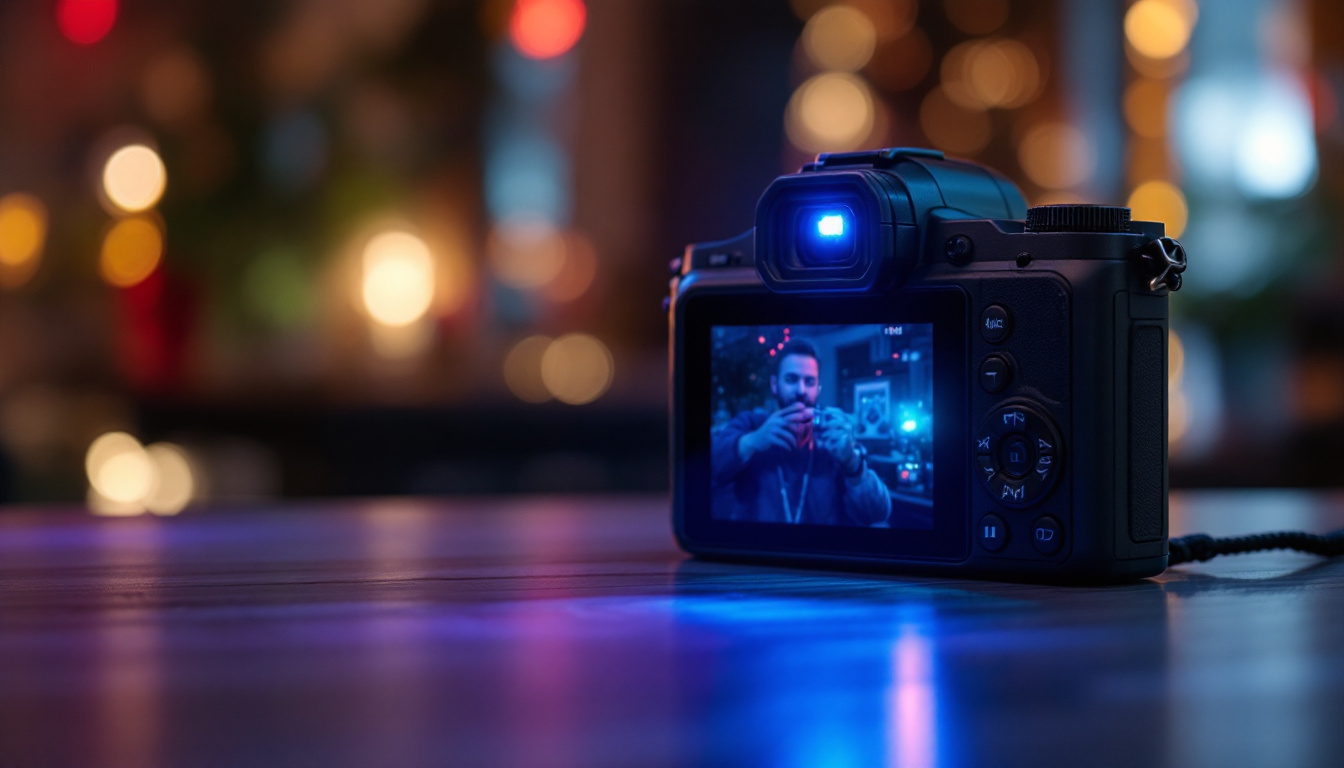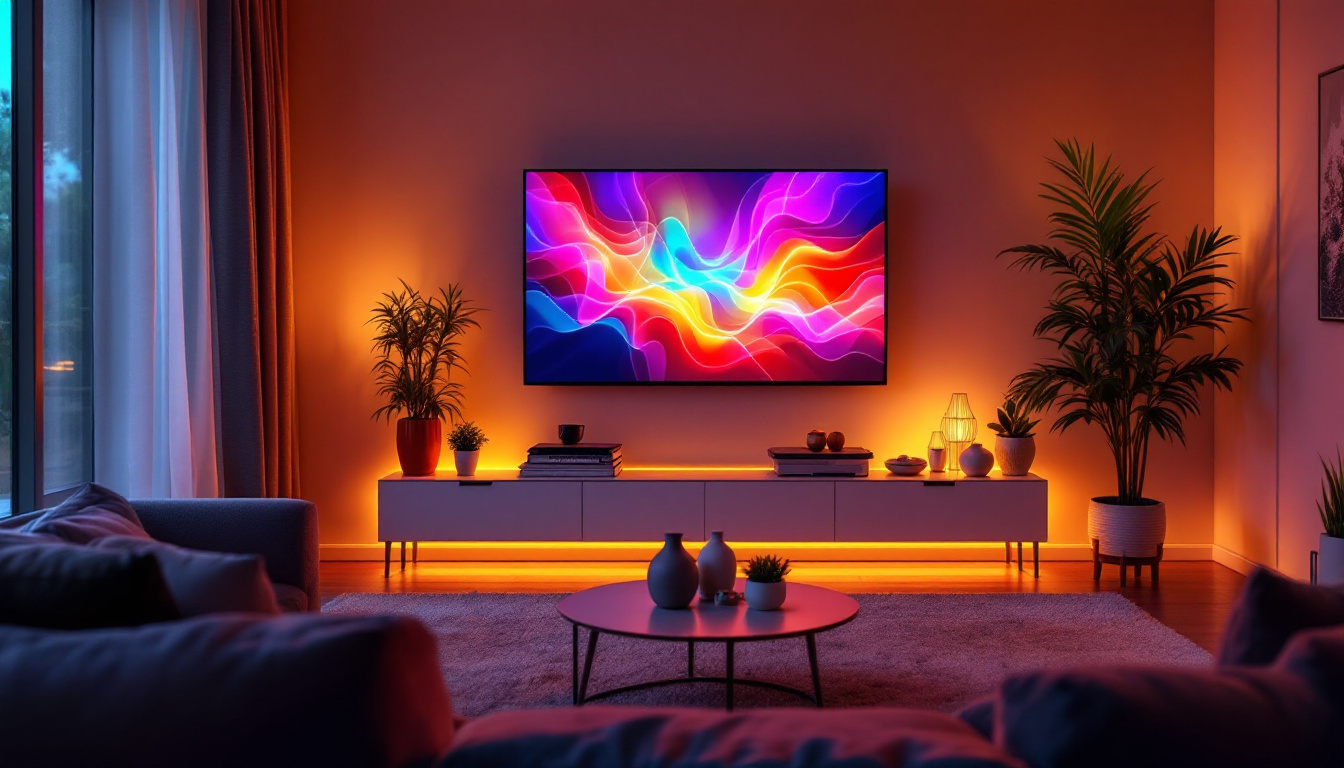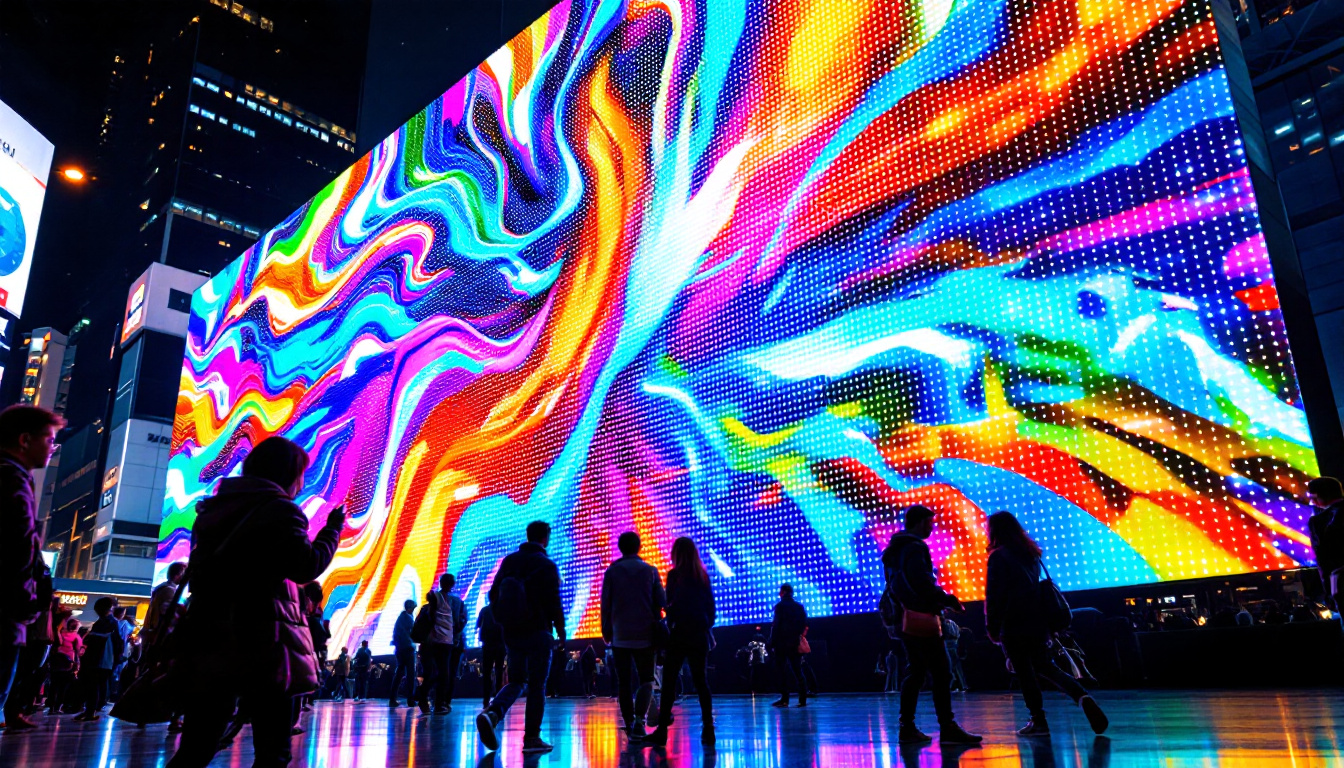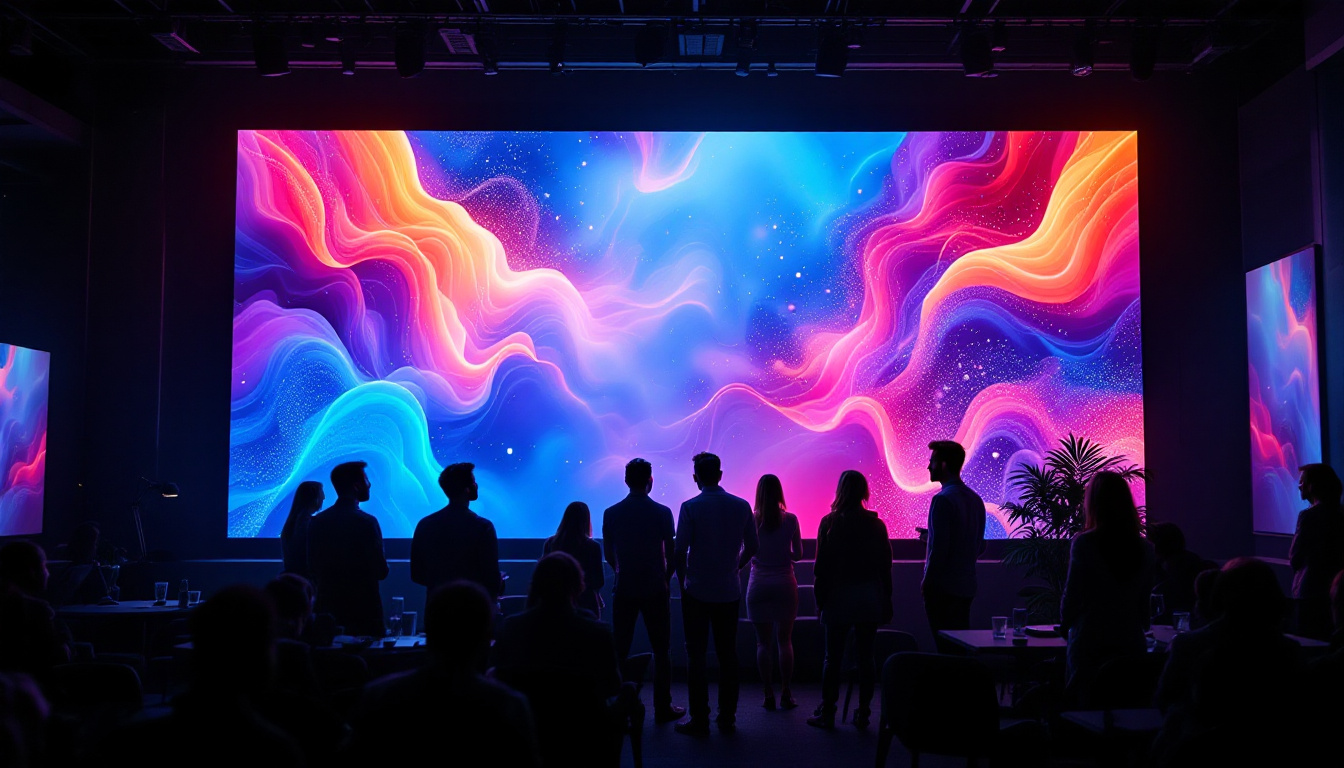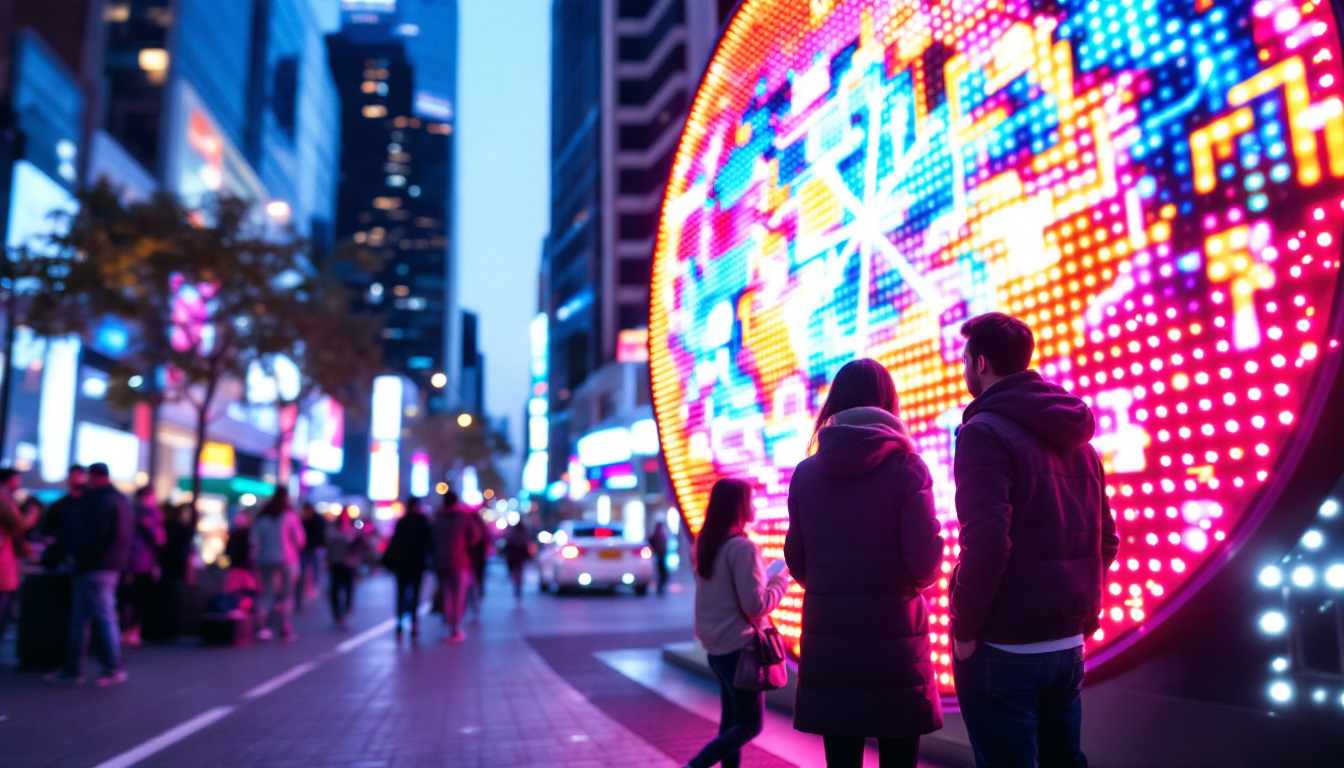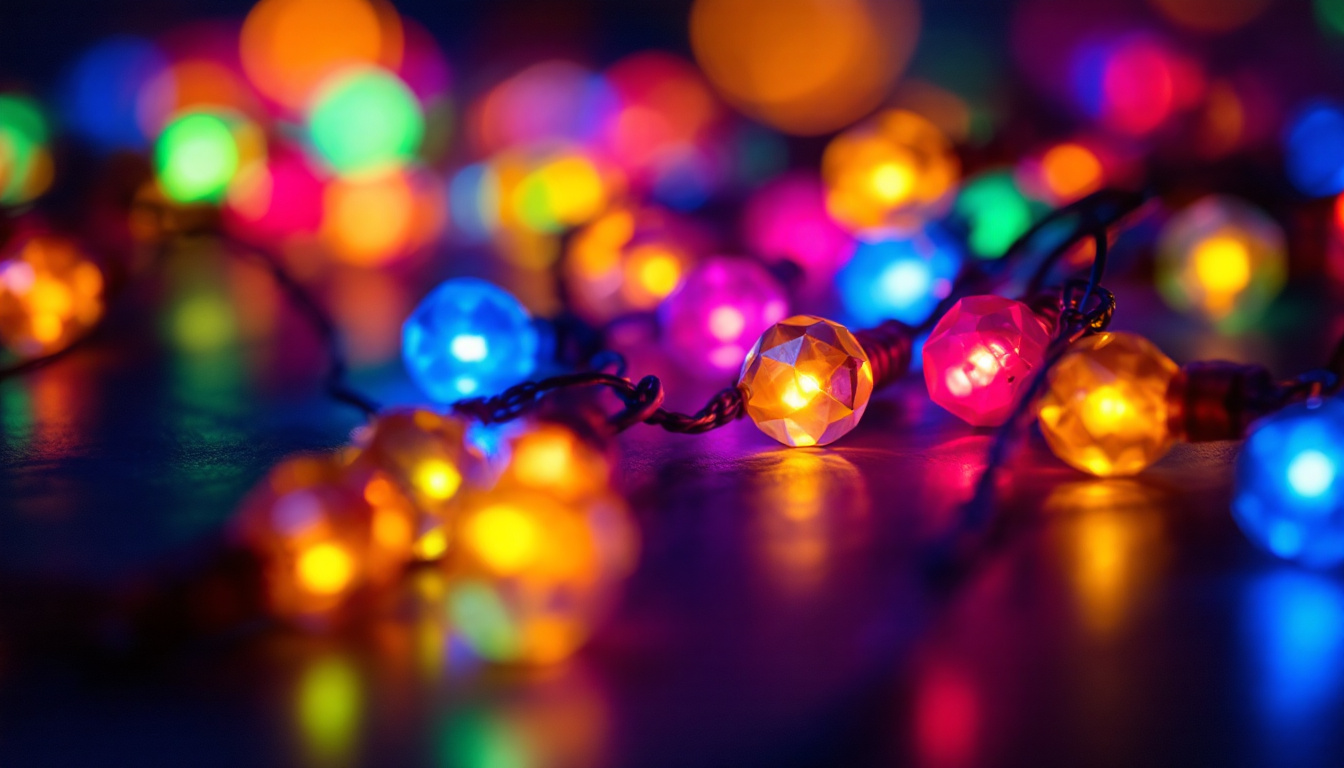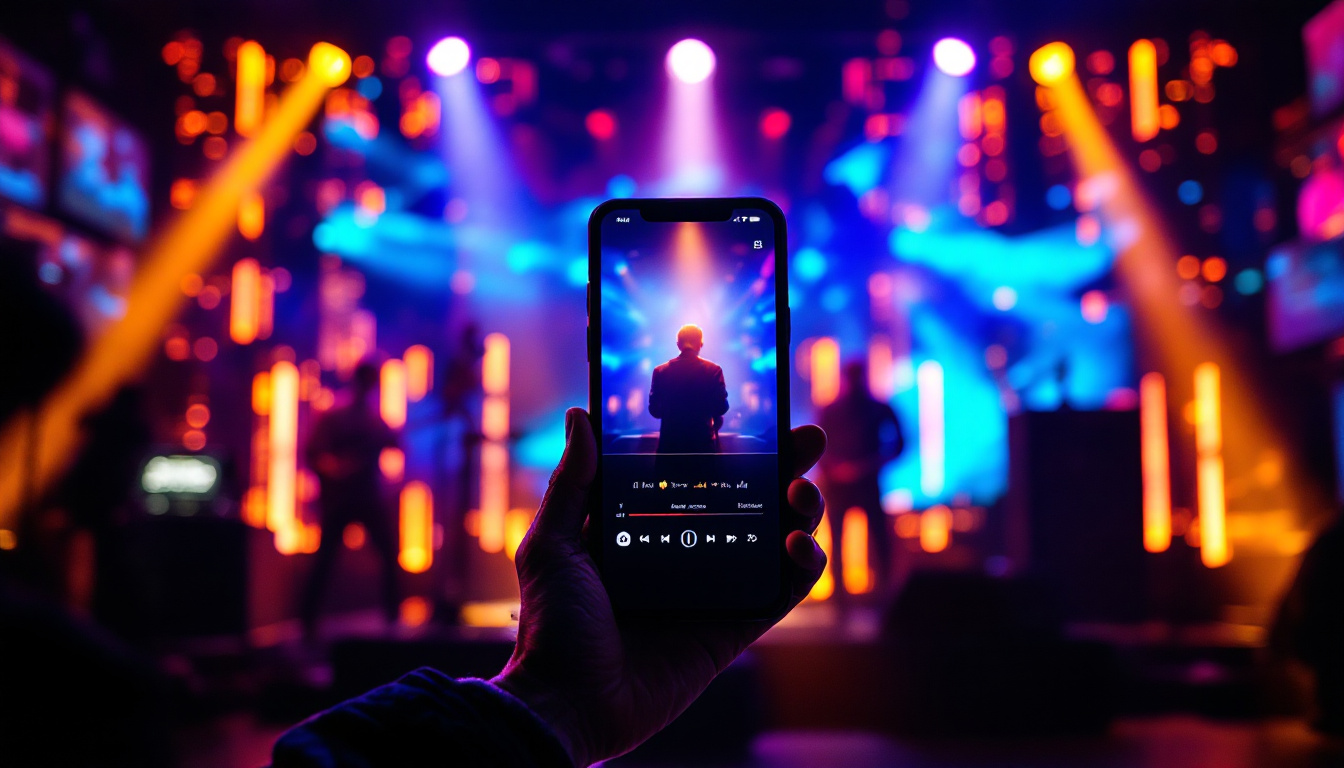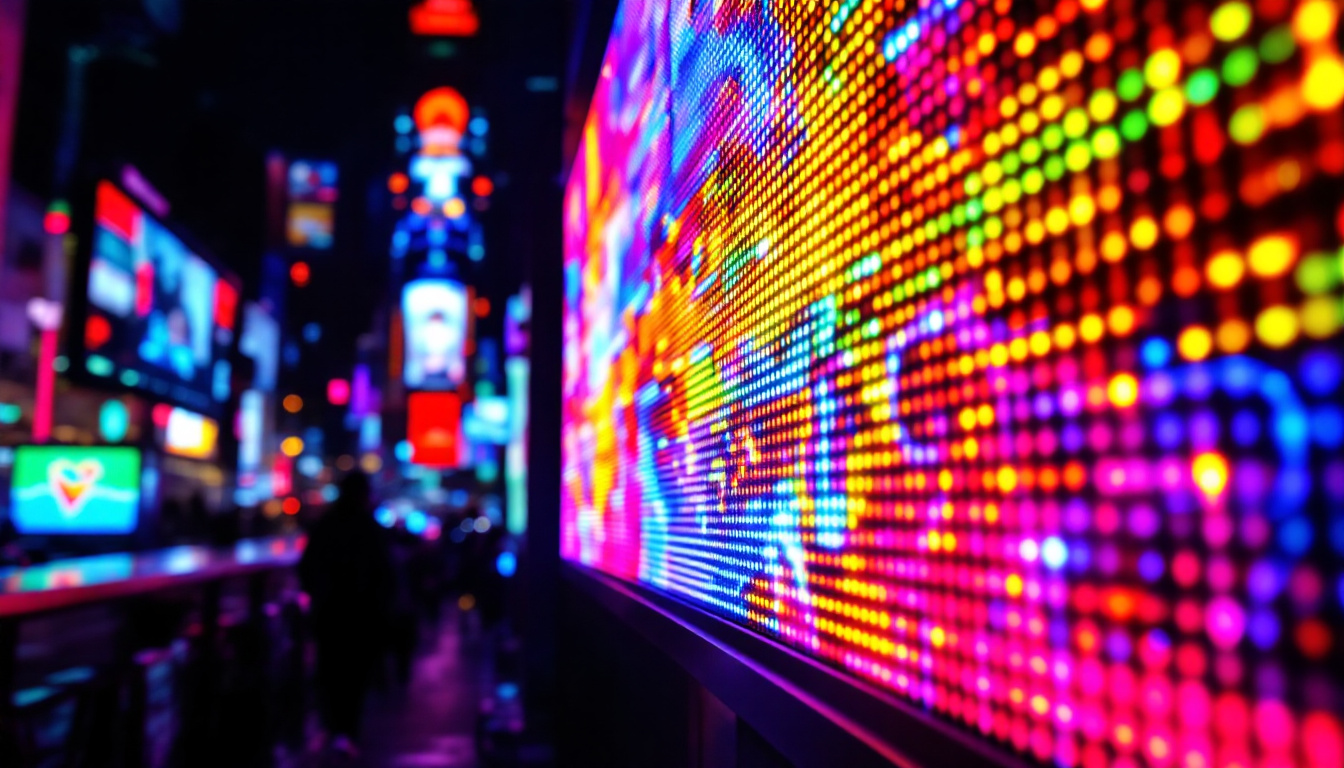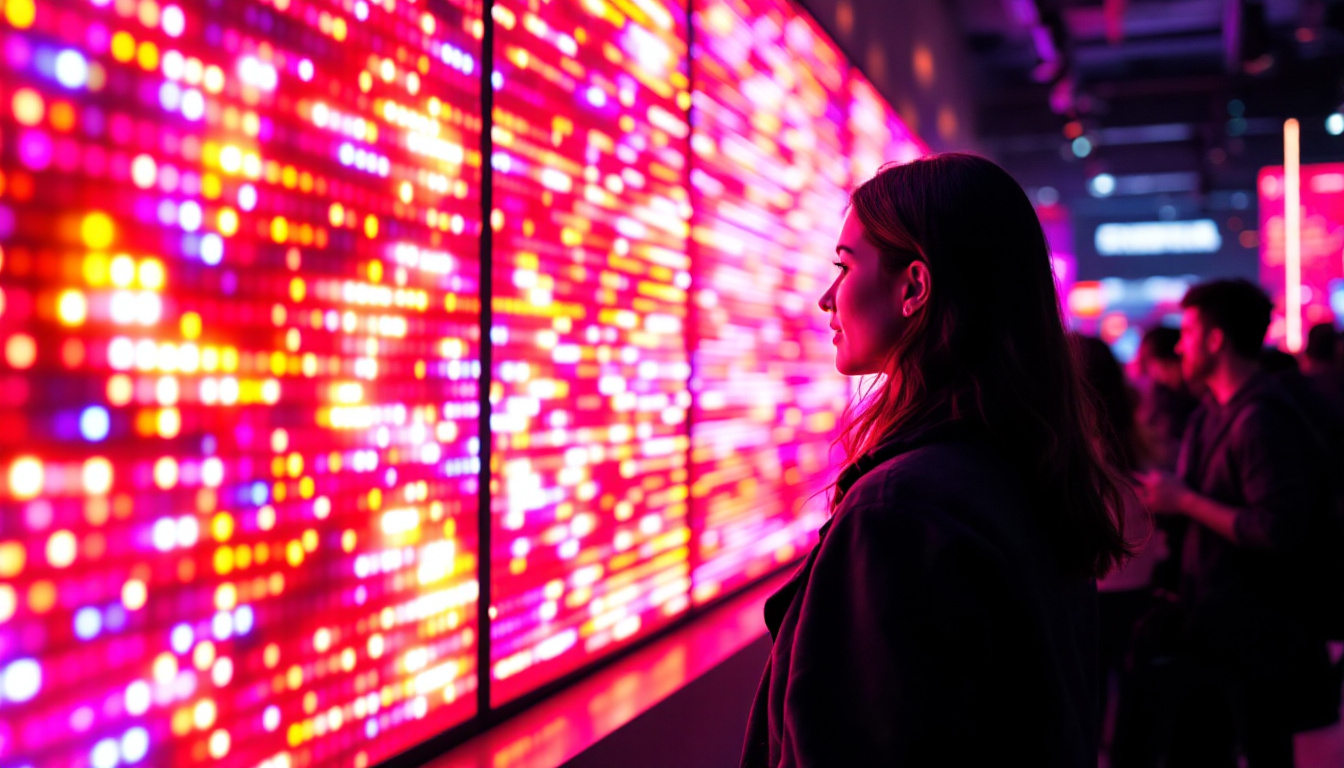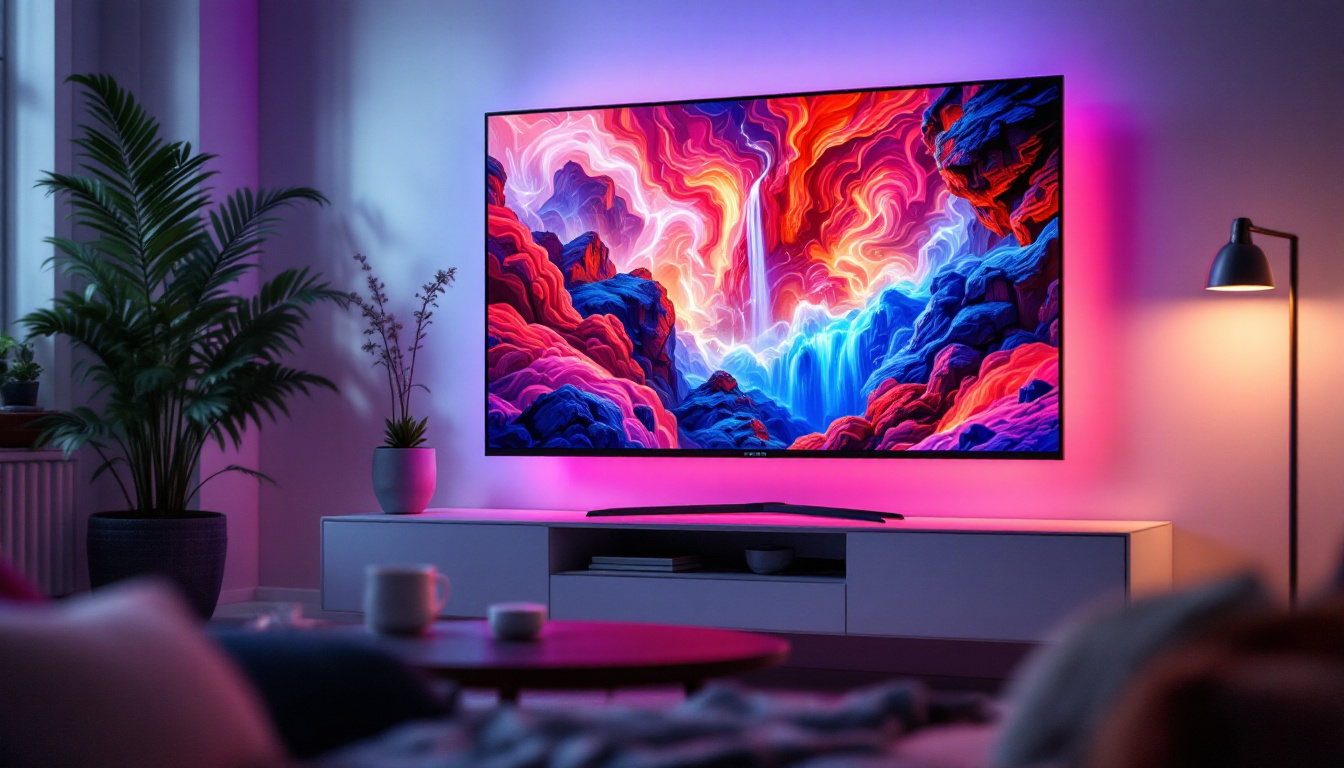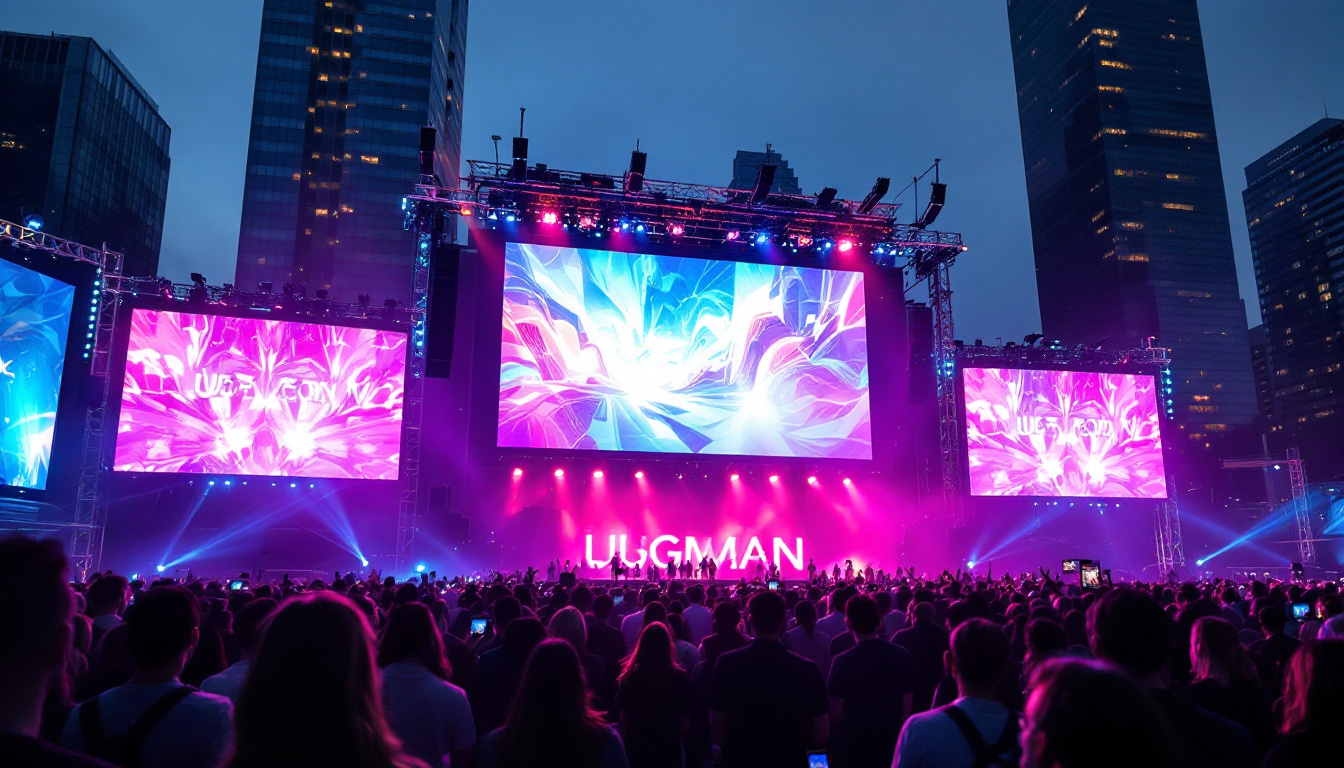In the contemporary world, where privacy and aesthetics are paramount, lattice privacy panels equipped with LED displays have emerged as a revolutionary solution. These panels not only serve as effective barriers for privacy but also offer dynamic visual experiences that can enhance any environment. This article delves into the intricacies of lattice privacy panels, their functionality, and the technology behind LED displays.
Understanding Lattice Privacy Panels
Lattice privacy panels are structures designed to provide seclusion while allowing for airflow and light penetration. They are often used in gardens, patios, and commercial settings to create defined spaces without completely obstructing visibility. The lattice design allows for climbing plants to weave through, adding a natural aesthetic to the environment. This feature not only enhances the beauty of the space but also encourages biodiversity, as various insects and birds are attracted to the plants that grow on these panels.
Key Features of Lattice Privacy Panels
One of the standout features of lattice privacy panels is their versatility. They can be constructed from various materials, including wood, vinyl, and metal, making them suitable for different architectural styles. The lattice design not only enhances the visual appeal but also allows for the integration of LED displays, which can transform the panel into a vibrant communication tool. The durability of materials like vinyl and metal ensures that these panels can withstand harsh weather conditions, making them a long-lasting investment for any property.
Additionally, these panels can be customized in size and shape, catering to specific needs and preferences. Whether it’s a small garden nook or a large commercial space, lattice privacy panels can be tailored to fit seamlessly into the environment. Homeowners can choose from a variety of colors and finishes, ensuring that the panels complement their existing landscape design while providing the desired level of privacy. Furthermore, the option to add decorative elements, such as trellises or planters, allows for even greater personalization.
Applications of Lattice Privacy Panels
The applications of lattice privacy panels are diverse. In residential settings, they provide a sense of security and privacy for outdoor spaces, allowing homeowners to enjoy their gardens without feeling exposed. In commercial environments, these panels can serve as advertising platforms, displaying promotional content or information to passersby. Their ability to create distinct zones within larger spaces makes them ideal for restaurants and cafes, where outdoor seating areas can be defined without sacrificing ambiance.
Moreover, the integration of LED displays into these panels allows businesses to communicate messages dynamically, making them an effective tool for marketing and engagement. This dual functionality of providing privacy while also serving as an informational display is what sets lattice privacy panels apart from traditional fencing solutions. Additionally, their eco-friendly design can contribute to sustainability efforts, as they can be made from recycled materials or treated to resist decay, thus reducing the need for frequent replacements. As urban spaces become increasingly crowded, the demand for innovative privacy solutions like lattice panels continues to grow, reflecting a shift towards more thoughtful and functional outdoor design.
The Technology Behind LED Displays
LED (Light Emitting Diode) technology has transformed the way visual information is presented. Unlike conventional displays, LED screens are energy-efficient, durable, and capable of producing vibrant colors and high contrast ratios. This makes them ideal for use in lattice privacy panels, where visibility and aesthetic appeal are crucial.
How LED Displays Work
LED displays work by illuminating pixels made up of tiny diodes that emit light when an electric current passes through them. Each pixel can be controlled independently, allowing for the display of a wide range of colors and images. This capability enables dynamic content, such as animations, videos, and real-time updates, to be showcased on lattice privacy panels.
The technology behind LED displays has evolved significantly, with advancements in resolution and brightness levels. Modern LED displays can be viewed clearly even in bright sunlight, making them suitable for outdoor applications. This is particularly beneficial for lattice privacy panels used in commercial settings, where visibility is key to effective communication.
Benefits of Using LED Displays in Lattice Privacy Panels
Integrating LED displays into lattice privacy panels offers numerous benefits. Firstly, they provide an engaging way to convey information, capturing the attention of viewers more effectively than static signage. This is particularly advantageous for businesses looking to attract customers or inform them about promotions.
Secondly, the ability to update content remotely allows for flexibility in messaging. Businesses can change advertisements, announcements, or event details in real-time, ensuring that the information displayed is always current and relevant. This adaptability is a significant advantage over traditional signage, which often requires physical replacement.
Design Considerations for Lattice Privacy Panels with LED Displays
When designing lattice privacy panels with integrated LED displays, several factors should be considered to ensure optimal functionality and aesthetics. The choice of materials, panel size, and display technology all play a crucial role in the overall effectiveness of the installation.
Material Selection
The material used for the lattice structure is fundamental to both durability and appearance. Common materials include treated wood, which offers a natural look, and vinyl, which is low-maintenance and weather-resistant. Metal options, such as aluminum, provide a modern aesthetic and enhanced durability.
When selecting materials, it is essential to consider the environment in which the panels will be installed. For instance, coastal areas may require corrosion-resistant materials, while urban settings may benefit from more robust designs to withstand pollution and wear.
Panel Size and Configuration
The size and configuration of lattice privacy panels should be tailored to the specific space and purpose. Larger panels may be more suitable for commercial applications where visibility from a distance is necessary, while smaller panels can create intimate settings in residential gardens.
Additionally, the configuration of the lattice can impact the effectiveness of the LED display. Panels should be designed to optimize visibility and ensure that the display is not obstructed by the lattice structure itself. This may involve strategic placement of the LED elements within the lattice design.
Display Technology Choices
Choosing the right display technology is crucial for achieving the desired visual impact. Options include standard LED displays, which are cost-effective and suitable for most applications, and high-definition displays, which offer superior image quality and clarity.
Furthermore, considerations such as brightness levels, pixel pitch, and refresh rates should be taken into account, especially for outdoor installations. A higher brightness level ensures that the display remains visible in various lighting conditions, while a lower pixel pitch provides finer detail and sharper images.
Installation and Maintenance
Proper installation and maintenance of lattice privacy panels with LED displays are vital to ensure longevity and performance. Engaging professionals with experience in both structural installation and electrical work is recommended to achieve the best results.
Installation Process
The installation process typically begins with site assessment and planning. This includes measuring the area where the panels will be placed, determining the optimal height and spacing, and ensuring compliance with local regulations. Once the planning phase is complete, the lattice structure is constructed, followed by the installation of the LED display.
It is essential to ensure that the electrical components are safely integrated into the design, with proper wiring and connections to avoid any hazards. The final step involves testing the LED display to confirm that it is functioning correctly and that the content is displaying as intended.
Maintenance Requirements
Maintaining lattice privacy panels with LED displays involves regular inspections and cleaning. The lattice structure should be checked for signs of wear or damage, especially in outdoor environments where exposure to the elements can cause deterioration over time.
For the LED displays, routine cleaning of the screen surface is necessary to prevent dust and debris from obstructing visibility. Additionally, software updates and checks on the electrical components should be performed periodically to ensure optimal performance and reliability.
Future Trends in Lattice Privacy Panels with LED Displays
The integration of technology into architectural elements is a growing trend, and lattice privacy panels with LED displays are no exception. As technology continues to evolve, several trends are emerging that could shape the future of these innovative structures.
Smart Technology Integration
One of the most exciting trends is the integration of smart technology into lattice privacy panels. This could include features such as motion sensors that trigger specific content to be displayed when someone approaches the panel, or the ability to connect to mobile apps for remote control and customization of display content.
Smart technology can also enhance the functionality of the panels, allowing for features like ambient lighting that adjusts based on the time of day or weather conditions. This not only improves the user experience but also adds an additional layer of sophistication to the design.
Sustainability Considerations
As environmental concerns continue to rise, the demand for sustainable materials and practices in construction is increasing. Future lattice privacy panels may incorporate eco-friendly materials, such as recycled plastics or sustainably sourced wood, to minimize their environmental impact.
Additionally, solar-powered LED displays are becoming more prevalent, allowing for energy-efficient operation without relying on traditional power sources. This not only reduces energy costs but also aligns with the growing emphasis on sustainability in design.
Conclusion
Lattice privacy panels with LED displays represent a unique fusion of functionality and aesthetic appeal. They offer a versatile solution for privacy while simultaneously serving as dynamic communication tools. As technology continues to advance, the potential for these panels will only expand, paving the way for innovative designs that cater to the evolving needs of both residential and commercial spaces.
With careful consideration of materials, design, and technology, lattice privacy panels can transform any environment, providing not just seclusion but also a vibrant visual experience that engages and informs. As the future unfolds, embracing these advancements will be key to creating spaces that are both beautiful and functional.
Discover LumenMatrix LED Display Solutions
Ready to elevate your space with the perfect blend of privacy and visual appeal? Explore LumenMatrix’s innovative LED display solutions and transform your environment into a dynamic and engaging experience. As a leader in LED display technology, LumenMatrix offers a wide range of products from Indoor and Outdoor LED Walls to Custom and All-in-One LED Displays, designed to captivate your audience and amplify your message. Check out LumenMatrix LED Display Solutions today and step into the future of visual communication.

